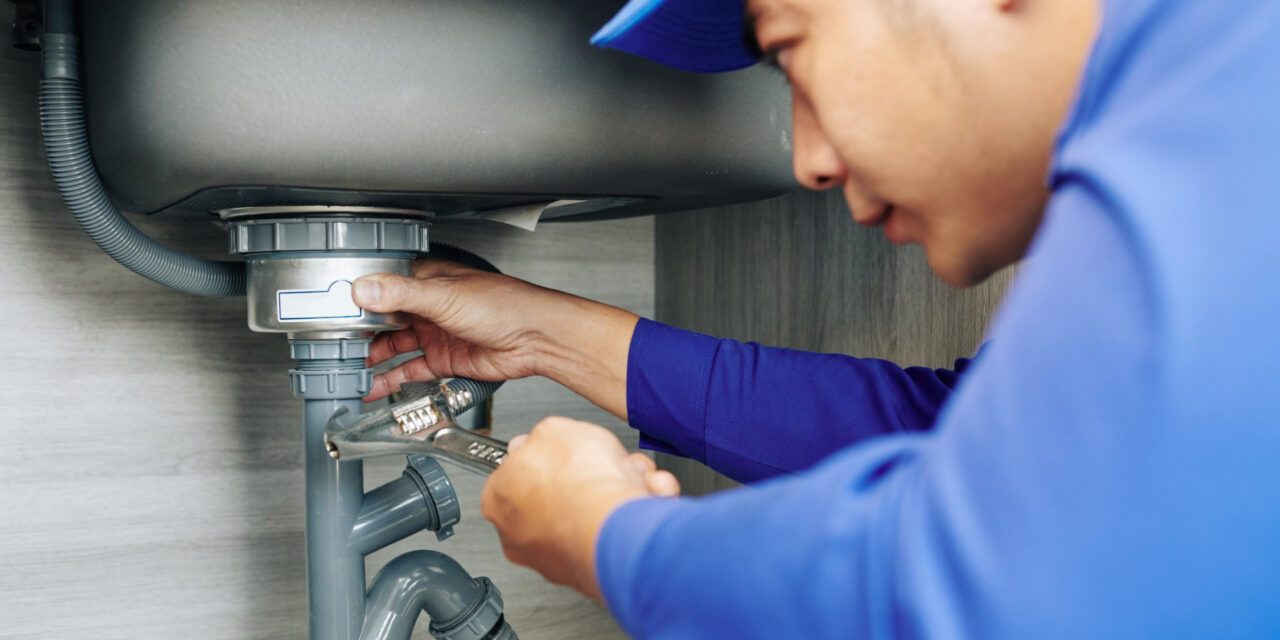How do you feel when it comes to Leaking water lines?

Early detection of leaking water lines can minimize a prospective catastrophe. Some tiny water leakages may not be visible.
1. Check Out the Water Meter
Every home has a water meter. Inspecting it is a proven way that assists you find leaks. For starters, turn off all the water resources. Ensure nobody will certainly purge, make use of the faucet, shower, run the cleaning equipment or dish washer. From there, most likely to the meter and watch if it will certainly change. Considering that nobody is using it, there ought to be no motions. If it moves, that suggests a fast-moving leak. If you find no changes, wait an hour or two and inspect back once more. This means you may have a sluggish leakage that might also be underground.
2. Inspect Water Usage
Evaluate your water costs as well as track your water usage. As the one paying it, you need to observe if there are any discrepancies. If you find sudden changes, despite your usage coinciding, it implies that you have leaks in your plumbing system. Remember, your water bill should fall under the same array each month. A sudden spike in your expense suggests a fast-moving leak.
Meanwhile, a steady increase on a monthly basis, despite having the same practices, reveals you have a slow-moving leak that's likewise slowly rising. Call a plumber to extensively inspect your residential property, specifically if you feel a cozy area on your floor with piping beneath.
3. Do a Food Coloring Test
When it comes to water intake, 30% comes from toilets. If the color somehow infiltrates your dish throughout that time without flushing, there's a leak between the tank and also bowl.
4. Asses Outside Lines
Don't fail to remember to examine your outside water lines too. Should water seep out of the link, you have a loose rubber gasket. One little leakage can throw away heaps of water and spike your water expense.
5. Evaluate the circumstance and evaluate
Home owners must make it a practice to check under the sink counters as well as even inside cupboards for any type of bad odor or mold development. These two warnings indicate a leak so prompt focus is required. Doing regular evaluations, also bi-annually, can conserve you from a major problem.
Inspect for stainings and deteriorating as most pipelines and also home appliances have a life span. If you suspect leaking water lines in your plumbing system, don't wait for it to intensify.
Early discovery of dripping water lines can minimize a potential disaster. Some little water leakages may not be noticeable. Examining it is a guaranteed method that aids you uncover leaks. One little leakage can throw away loads of water and also spike your water costs.
If you presume leaking water lines in your plumbing system, don't wait for it to escalate.
WARNING SIGNS OF WATER LEAKAGE BEHIND THE WALL
PERSISTENT MUSTY ODORS
As water slowly drips from a leaky pipe inside the wall, flooring and sheetrock stay damp and develop an odor similar to wet cardboard. It generates a musty smell that can help you find hidden leaks.
MOLD IN UNUSUAL AREAS
Mold usually grows in wet areas like kitchens, baths and laundry rooms. If you spot the stuff on walls or baseboards in other rooms of the house, it’s a good indicator of undetected water leaks.
STAINS THAT GROW
When mold thrives around a leaky pipe, it sometimes takes hold on the inside surface of the affected wall. A growing stain on otherwise clean sheetrock is often your sign of a hidden plumbing problem.
PEELING OR BUBBLING WALLPAPER / PAINT
This clue is easy to miss in rooms that don’t get much use. When you see wallpaper separating along seams or paint bubbling or flaking off the wall, blame sheetrock that stays wet because of an undetected leak.
BUCKLED CEILINGS AND STAINED FLOORS
If ceilings or floors in bathrooms, kitchens or laundry areas develop structural problems, don’t rule out constant damp inside the walls. Wet sheetrock can affect adjacent framing, flooring and ceilings.
https://www.servicemasterbyzaba.com/blog/how-to-detect-water-leakage-in-walls/

Hopefully you liked our excerpt about Leaking water lines. Thanks a ton for finding the time to read through our piece of content. Sharing is caring. Helping others is fun. Many thanks for going through it.